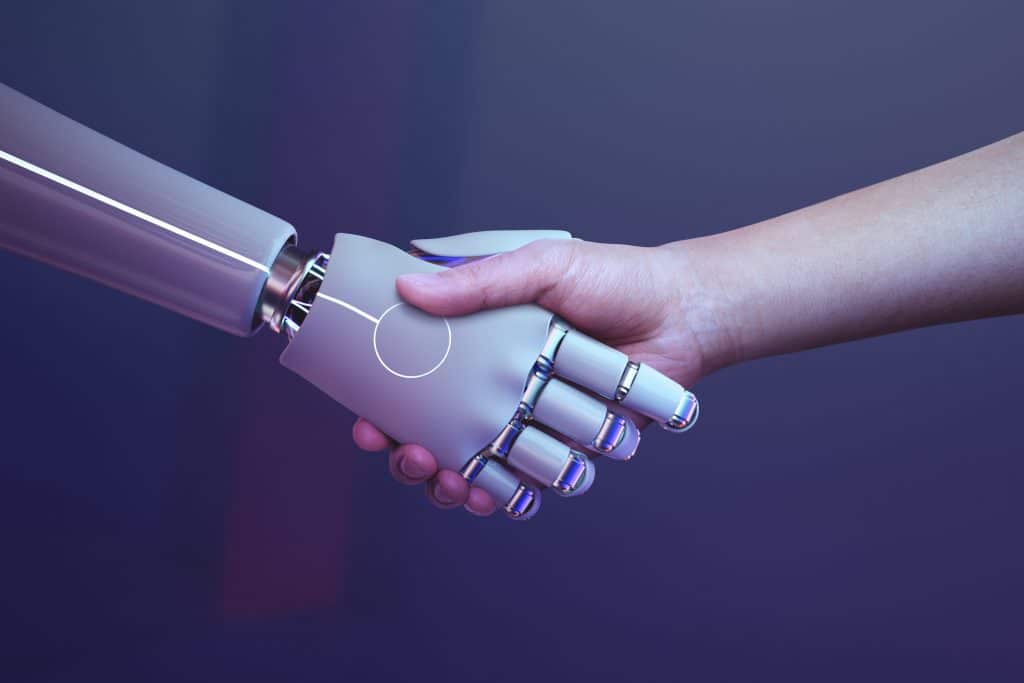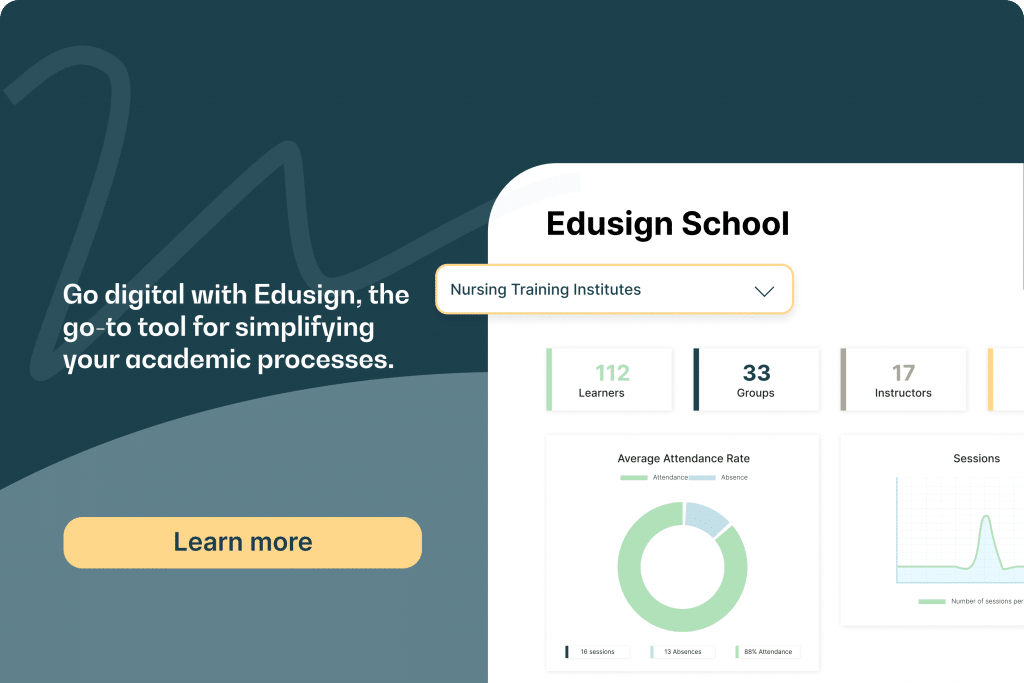Training administration is too often synonymous with repetitive, time-consuming tasks and a significant mental load for teams. But what if artificial intelligence (AI) were the key to radically transforming not only this perception but also this daily reality? Far from being a futuristic concept reserved for a few insiders, AI is increasingly being integrated into the tools and strategies of training organizations and companies.
The main challenge is clear: qualified human time is a precious resource, too often absorbed by low-value administrative operations. This article identifies the specific administrative processes in the training sector that can be deeply optimized – even automated – thanks to AI, with the ultimate goal of freeing up that valuable human time.
Artificial intelligence serving administration: what are we really talking about?
Before exploring applications, it’s important to demystify AI in an administrative context. Without diving into excessive technical jargon, several facets of AI are particularly relevant:
- Natural Language Processing (NLP): allows machines to understand, interpret, and even generate human language, paving the way for document analysis or automated responses.
- Machine Learning (ML): enables systems to learn from data to identify patterns, make predictions, or take decisions without being explicitly programmed for each case.
- Robotic Process Automation (RPA): handles sequential, repetitive tasks based on precise rules.
- Chatbots and virtual assistants: increasingly capable of managing first-level interactions.
Combined, these technologies offer considerable opportunities for optimizing administrative work in training: processing large volumes of information, learning from existing practices, and automating routine decisions or actions – all boosting efficiency.

Which training administration processes can AI revolutionize?
The impact of AI on training administration processes is potentially vast. For example, managing registrations and admissions often represents a huge workload. With AI, this process can be greatly optimized: algorithms can intelligently sort applications according to predefined criteria, automatically verify the completeness of files and prerequisites, and even send personalized confirmations and onboarding information to learners.
Planning and logistics management can also benefit from intelligent optimization. AI can help design complex schedules for trainers, classrooms, and resources, while taking into account multiple constraints. It could even suggest learner groupings to foster better pedagogical dynamics.
Communication and first-level support are also transformed through chatbots and virtual assistants. These can instantly answer frequently asked questions from learners and trainers – about schedules, platform access, or documents – while also managing personalized reminders and targeted information delivery.
👉 See also: How AI is transforming learner assessment
When it comes to monitoring progress and attendance, AI can analyze activity data to detect early signs of disengagement and trigger alerts for targeted human intervention.
Other promising applications include intelligent document management (automatic classification, indexing, and advanced semantic searches of training documents such as contracts, certificates, or digitally signed attendance sheets), as well as financial management and invoicing (automating invoice generation, tracking payments, and detecting anomalies).
Finally, reporting and data analysis for strategic decision-making can be significantly improved, with automated report generation and predictive analytics identifying emerging trends.

The concrete benefits of AI automation for teams and organizations
Integrating AI into training administration provides tangible benefits. The most significant is undoubtedly the freeing up of qualified human time. By automating repetitive, low-value tasks, administrative and teaching teams can focus on more strategic missions: instructional design, personalized learner support, developing new programs, or continuous quality improvement.
This reallocation of resources naturally reduces human errors, which are inevitable in intensive manual processing. The result: greater operational efficiency and overall productivity. Processes become faster, response times to requests shrink, and organizational reactivity improves.
AI also enables better use of data collected throughout the training lifecycle. Once analyzed intelligently, this data transforms into valuable insights for more informed decision-making and better anticipation of future needs. Over the medium to long term, efficiency gains and optimized resources can also translate into lower administrative costs.

Implementing AI in training administration: challenges and best practices
Adopting AI in training administration requires careful preparation. The first challenge is often identifying the right processes to automate first. Best practice suggests starting with the most standardized, high-volume tasks where the risk of human error is high – to deliver quick, visible results.
Another fundamental prerequisite is data quality: AI systems are only as effective as the data they rely on.
The human dimension is also crucial. Teams need change management support: training on AI tools, reassurance about how their roles will evolve (enriched, not diminished), and recognition of the upskilling this transition brings.
Ethical considerations and data security – in strict compliance with GDPR – must be central to ensure responsible AI use. Integration with existing systems (LMS, CRM, and management tools like Edusign) should also be carefully planned to guarantee data fluidity.
Finally, a pilot project approach is often the wisest path: testing solutions on a small scale, measuring results, and adjusting strategies before rolling out more widely.
Edusign: AI powering smoother administration
Automating is good. Automating with intelligence and traceability is even better. That’s exactly the promise of Edusign, which already integrates AI and smart automation to simplify the work of administrative and teaching teams.
With Edusign, several key processes are already optimized:
- Attendance sheet management: automated recognition and processing of electronic signatures, with smart alerts if a document is missing or incomplete.
- Reminders and notifications: automatic, personalized messages (to students or trainers) to ensure documents are complete and deadlines respected.
- Real-time monitoring: intelligent dashboards centralize all presence and compliance data, giving clear insights to both teams and funders.
- Smart archiving: automatic, indexed, and secure storage of documents, with quick retrieval of relevant information.
- Dropout prevention (via integrations): proactive identification of weak signals in attendance data, enabling teams to act before it’s too late.
💡 By combining Edusign’s ease of use with the possibilities offered by AI, training administration is transformed: fewer repetitive tasks, more time for what truly matters – human support, pedagogy, and innovation.

Conclusion: AI as a strategic partner for agile, intelligent training administration
In conclusion, artificial intelligence opens up immense opportunities to deeply transform training administration – making it more agile, more responsive, and significantly more efficient.
The ultimate goal is not to replace humans, but to augment them: freeing them from the most tedious, repetitive tasks to dedicate their time to areas where expertise, creativity, and human connection are irreplaceable.
For training organizations and companies, embracing AI in administrative processes requires a thoughtful, gradual, and ethical approach. It means actively exploring the potential of these new technologies and considering how today’s digital tools – especially those for digitization and monitoring – can integrate with and benefit from this wave of innovation.
The end goal: a training administration truly at the service of pedagogy and learner success.





